
All categories
Featured selections
Trade Assurance
Buyer Central
Help Center
Get the app
Become a supplier

(1360 products available)
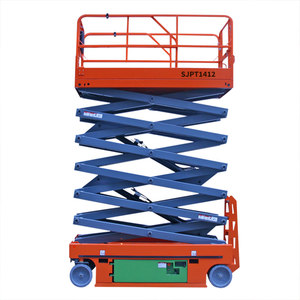



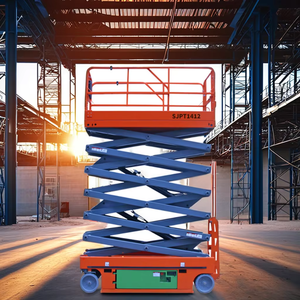


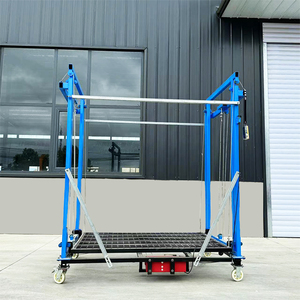





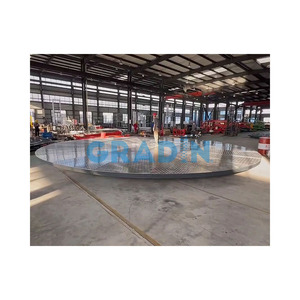
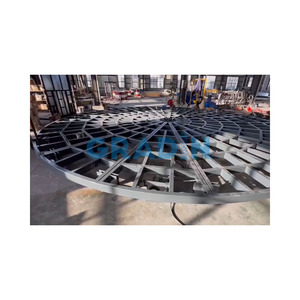


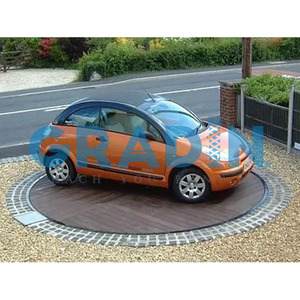
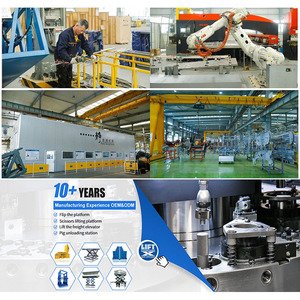








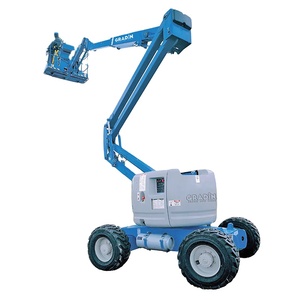


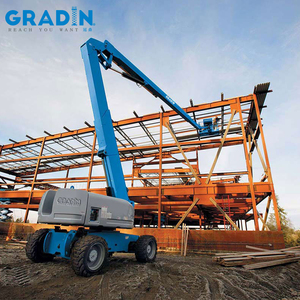
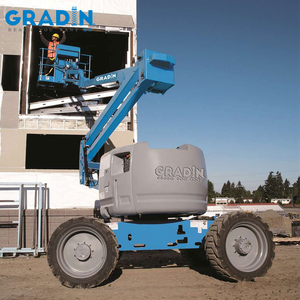







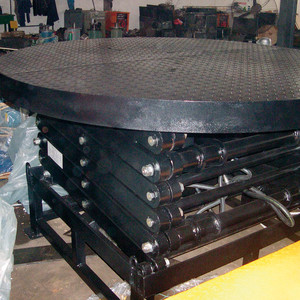
A mechanical rotating platform is a system designed to control the movement of an object or system. It is commonly used in robotics, optical systems, and engineering applications. Mechanical rotating platforms are often referred to as rotation stages or goniometers.
The mechanical rotating platform can be classified into various types based on different applications and specifications. They include the following:
Manual rotation stage
The manual rotation stage is one of the types of mechanical rotating platforms. It allows operators to control the rotation of an object or system with manual controls. These controls can be in the form of knobs, wheels, or levers that enable precise rotation to be applied in applications such as microscopy and optical alignment.
Motorized rotation stage
The motorized rotation stage is another type of mechanical rotating platform. It utilizes motors to control the rotation of an object or system. The motors can be stepper or servo motors that allow for automated and programmable rotation. Due to the high accuracy and precision of the motorized rotation stage, it is widely used in applications such as robotics, laser machining, and applications that require high precision.
Goniometric stage
The goniometric stage is also another type of mechanical rotating platform. It is used to measure the angular position and the rotation of an object or a system in scientific research applications. Goniometric stages are often equipped with angular scales and vernier scales that allow for precise angular measurement and adjustment.
Two-axis rotation stage
The two-axis rotation stage is another type of mechanical rotating platform. It allows rotation in two perpendicular axes, thus providing enhanced flexibility and control over the object's or system's orientation. The two-axis rotation stage is mostly used in applications such as microscopy, optical experiments, and research that requires multiple object or system observation.
High-speed rotation stage
The high-speed rotation stage is also a type of mechanical rotating platform. It is designed to achieve high-speed rotation of objects or systems. The high-speed rotation stage is equipped with advanced bearings and motors that ensure stability and precision during high-speed rotation. The high-speed rotation stage is commonly used in applications such as material testing, data acquisition, and research involving high-speed phenomena.
Vacuum rotation stage
The vacuum rotation stage is another type of mechanical rotating platform. It allows rotation in a vacuum environment. The vacuum rotation stage is often used in applications such as material characterization, surface analysis, and experiments that require a controlled vacuum environment.
Rotary table specifications vary depending on the application. For example, a smaller mechanical rotating platform with a diameter of 300 mm may have a load capacity of 100 kg. This is suitable for applications like inspection or small machining tasks. Larger tables, like those with a diameter of 1,500 mm, are designed for heavy machining of large workpieces. These tables have a higher load capacity of about 1,000 kg or more.
Speed and acceleration also differ. Smaller tables have lower speed and acceleration specifications, such as 10 degrees per second and 1 degree per second squared. Larger, high-speed tables can reach speeds of 50 degrees per second with accelerations of 5 degrees per second squared.
Besides size and load capacity, other specifications include the following:
Mechanical rotating platforms require regular maintenance to ensure precision and longevity. Here are some tips:
Choosing a suitable mechanical rotating platform for a specific purpose requires considering various factors.
The load capacity:
It is essential to consider the weight of the objects to be rotated. Selecting a turntable with adequate load capacity will ensure safety and prevent damage or accidents.
Rotating speed and control:
Different applications may require rotating platforms with specific rotation speeds. Some tasks may need a slow and controlled rotation, while others require a faster rotation. Choose a platform with adjustable speed settings to meet specific requirements.
Power supply:
Mechanical rotating platforms can be powered by various sources such as batteries, electricity, or solar power. Consider the availability of power sources and choose a platform suitable for the intended environment and application.
Customizable features:
Consider whether additional features are needed, such as removable surfaces, controlling the rotation direction, or incorporating technology for enhanced functionality. Mechanical rotating platforms with customizable features will offer more convenience and efficiency in various applications.
The size and space requirements:
Consider the size of the mechanical rotating platform and ensure it fits the available space. Additionally, consider the dimensions of the objects to be rotated and select a platform with an appropriate surface area.
Stability and safety:
Ensure the mechanical rotating platform has features that enhance stability and safety during rotation. Look for platforms with anti-slip surfaces, secure mechanisms, and safety protection functions to prevent accidents and damage.
It is generally not recommended to replace a mechanical rotating platform on one's own, as it requires specialized knowledge and expertise. However, if the user manual provides instructions for DIY replacement, here are some general steps to follow:
It is crucial to follow the instructions carefully and ensure all components are installed correctly to avoid any damage or injury. If unsure about any step, it is better to consult a professional or contact the manufacturer's support service.
Q: What is a mechanical rotating platform?
A: A mechanical rotating platform, often called a turntable or rotating table, is a device designed to rotate objects or subjects on its surface. These platforms can be utilized in various settings, from industrial applications to theatrical settings, and can be powered manually or electrically.
Q: What is a rotating display platform used for?
A: Rotating display platforms are often used in exhibitions, retail environments, product demonstrations, and even in museums to allow viewers to examine items from various angles easily.
Q: What is a mechanical rotary table?
A mechanical rotary table is a specialized tool used in machining and manufacturing processes. It is a highly precise table that can rotate about one or more axes, allowing for the detailed positioning and manipulation of workpieces. This enables operators to perform intricate tasks like drilling, milling, and CNC machining with exceptional accuracy.